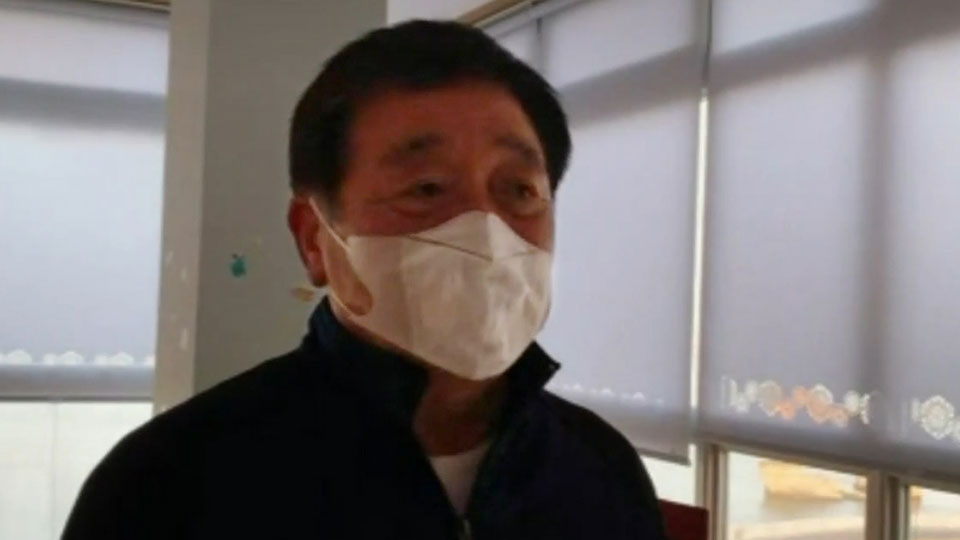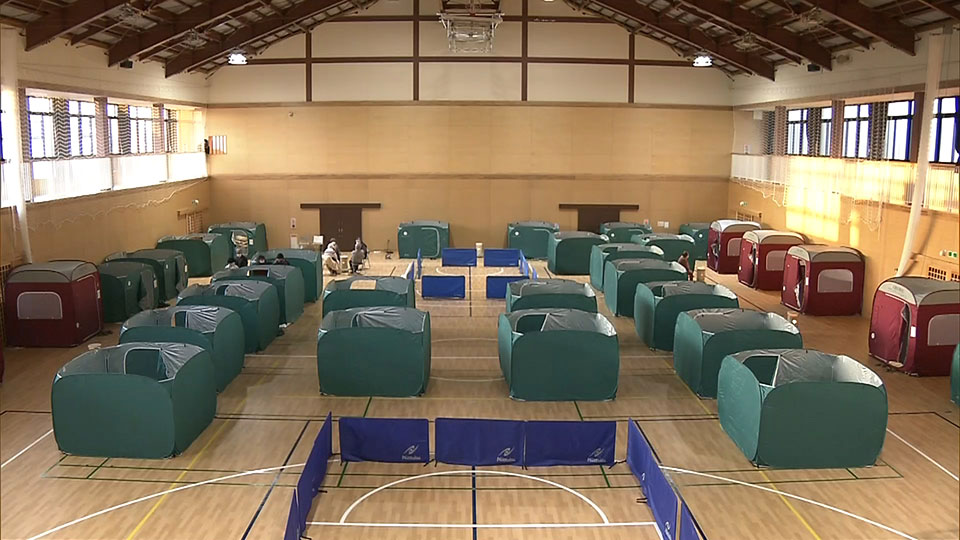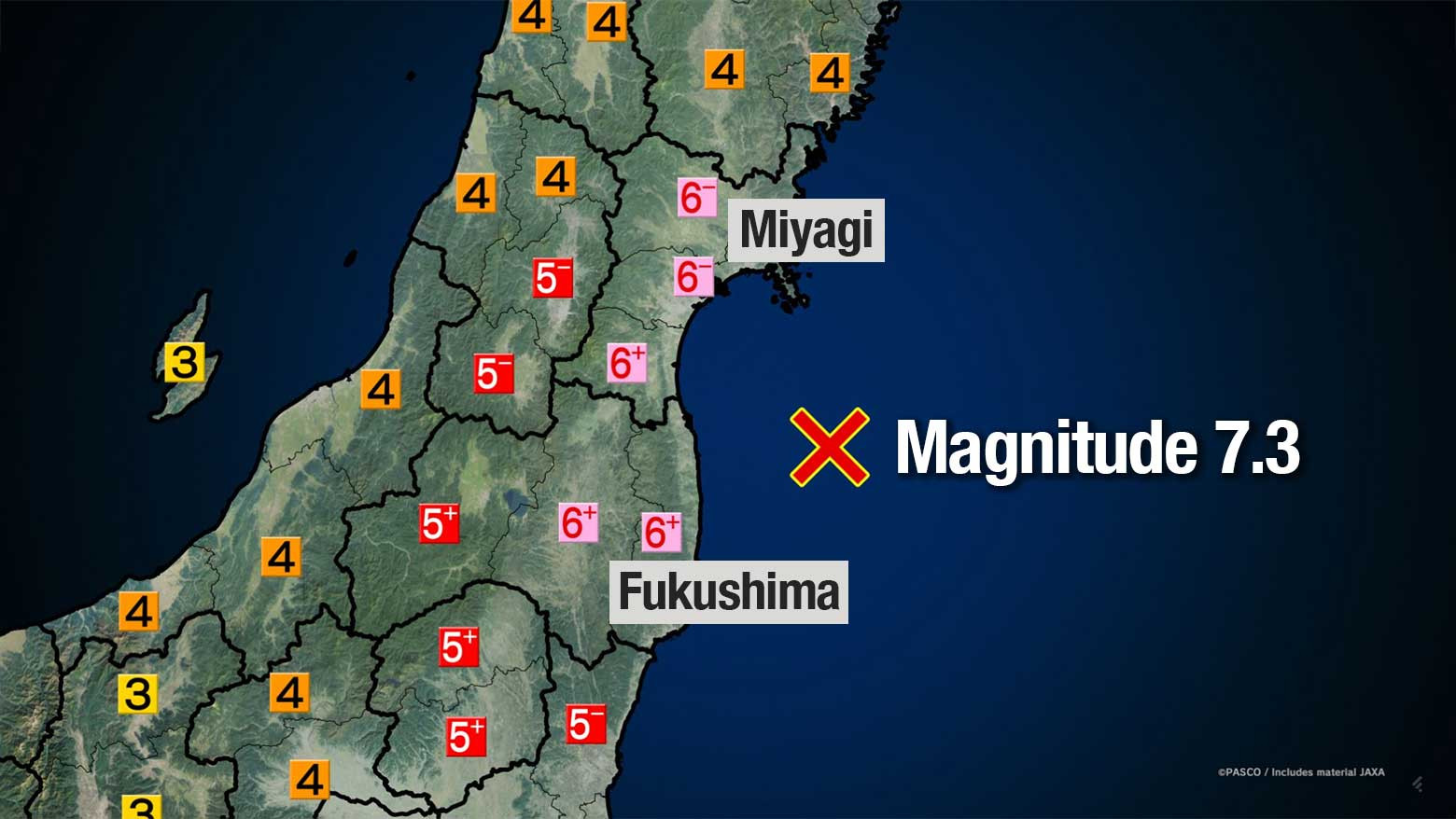In March 2011, water from the tsunami came gushing into Sakawaki’s inn and flooded the first floor. The damage was so severe that it forced him to close. It took him nine and a half years to rebuild and reopen, this time on land elevated ten meters to protect him in the event of another tsunami. It took just four more months for an aftershock to put cracks in his walls, damage the boiler and knock out some of the lights.
“It felt as big as the 2011 quake, or even bigger,” says Sakawaki, who vows to repair the damage and stay open this time.

The Japan Meteorological Agency says the focus of Saturday’s quake was off the coast of Fukushima Prefecture at a depth of 55 kilometers. It didn’t trigger a tsunami, but more than 150 people were reported injured.
The temblor caused a landslide that buried part of a major expressway in Fukushima Prefecture. Embankments collapsed and roads and guardrails are submerged beneath mud.
Watch Video 00:27
Bullet train services have been partly suspended because of damage to infrastructure, including poles that support overhead wires. East Japan Railway Company says it will take around 10 days to fully resume operations.
Prime Minister Suga Yoshihide has instructed officials to take every possible measure to help the affected areas.
"We are putting human lives first immediately after the earthquake,” he says. "We are working with the police, fire department, Self-Defense Forces and the Coast Guard to grasp the extent of the damage."
And authorities have set up evacuation centers throughout the affected region. Professor Kaku Mitsuo of Tohoku Medical and Pharmaceutical University compiled a list of guidelines for living in a shelter, drawing on lessons from the aftermath of the 2011 disaster. With no refrigeration and limited running water, sanitation proved to be a serious challenge back then. His list is designed to help people avoid food poisoning or infectious diseases, including the extra problem they face this time: the coronavirus.
Kaku’s guidelines say people should wear masks and consult with healthcare workers or whoever is in charge of the shelter if they experience a fever, nausea, have a sore throat or any other cold-like symptoms.

Experts urge people to prepare for more
Seismologists with the government’s Earthquake Research Committee are warning that there could be powerful aftershocks, with the risk of a tsunami, for a long time to come. And as people prepare to mark 10 years since the 2011 disaster, it’s just one more reminder that the events aren’t yet fully in the past.

